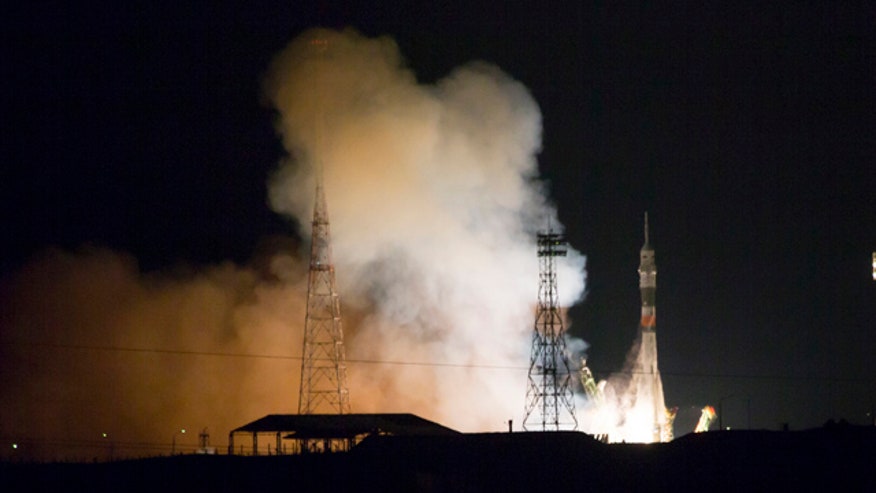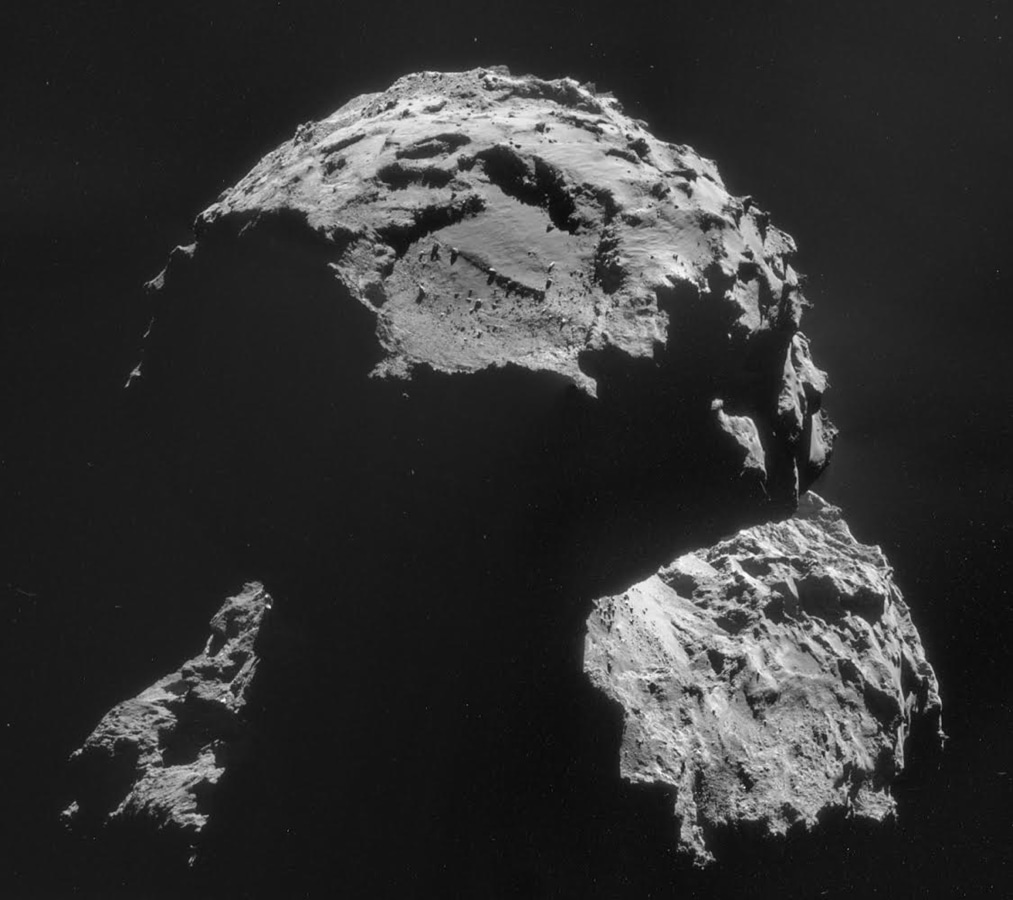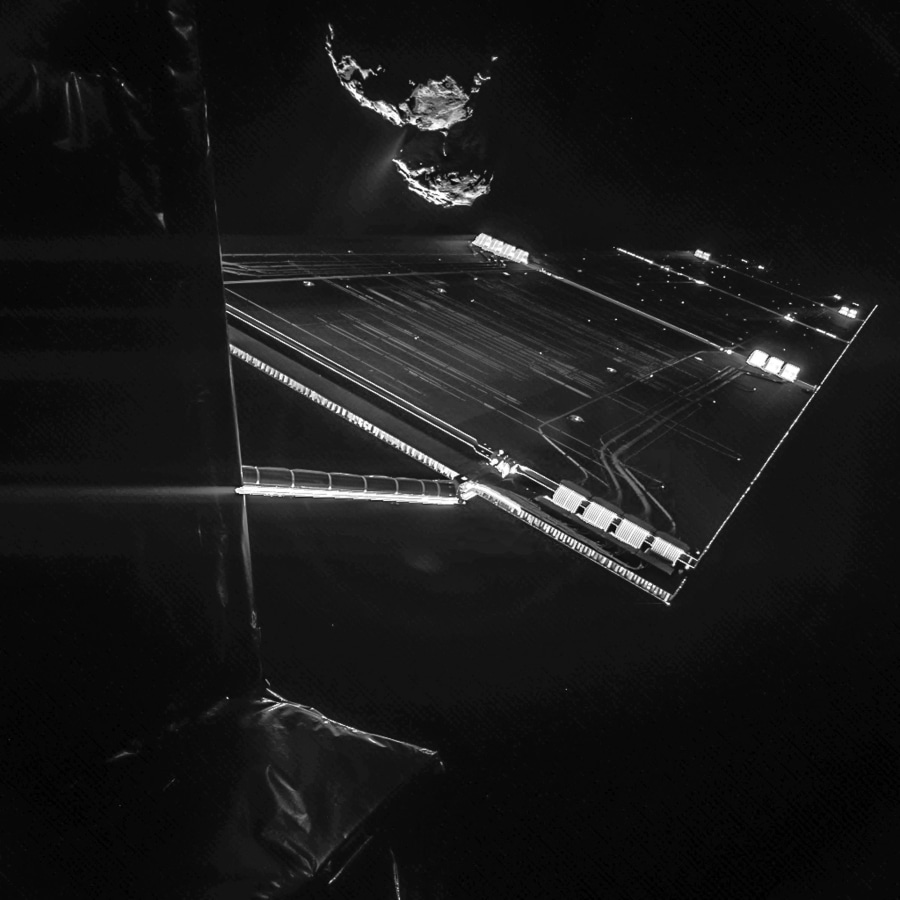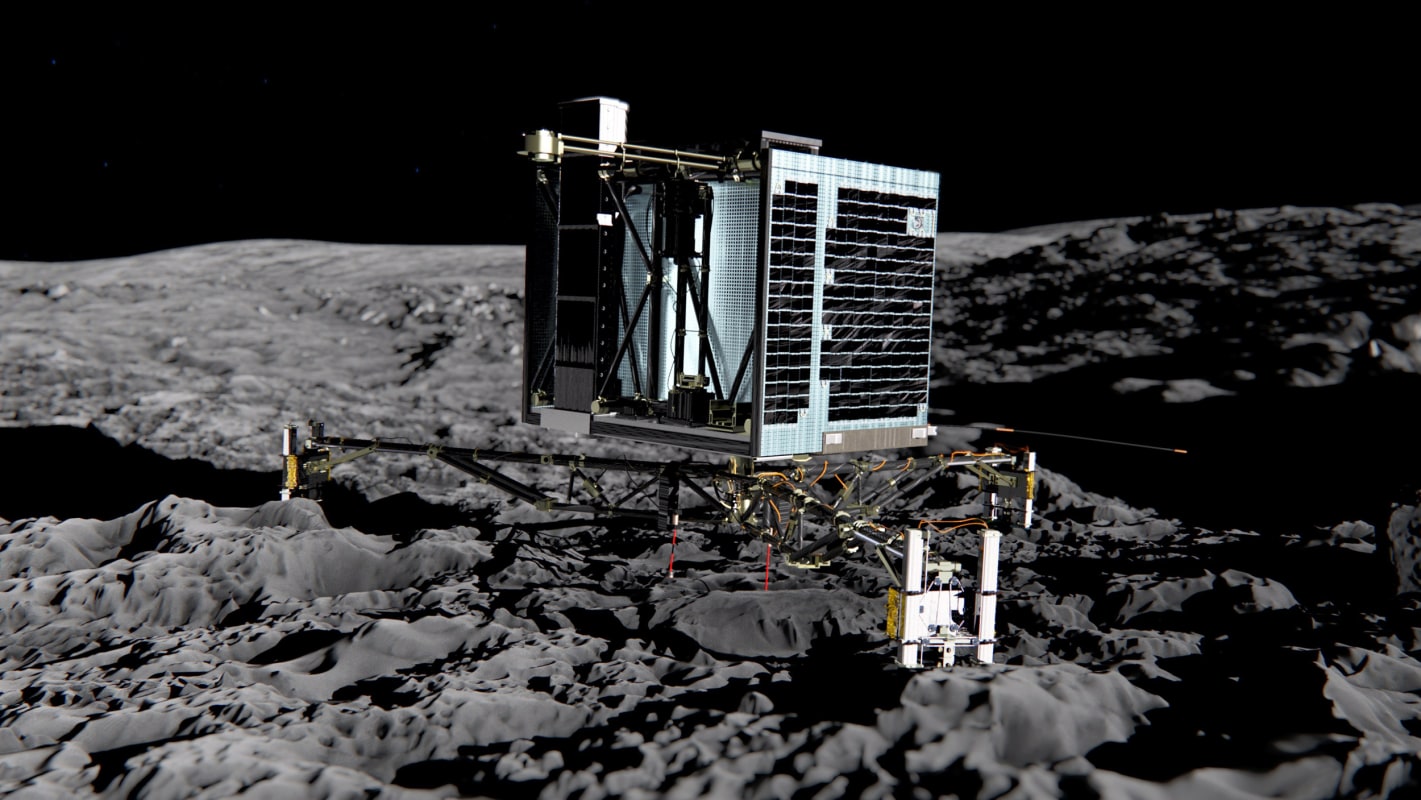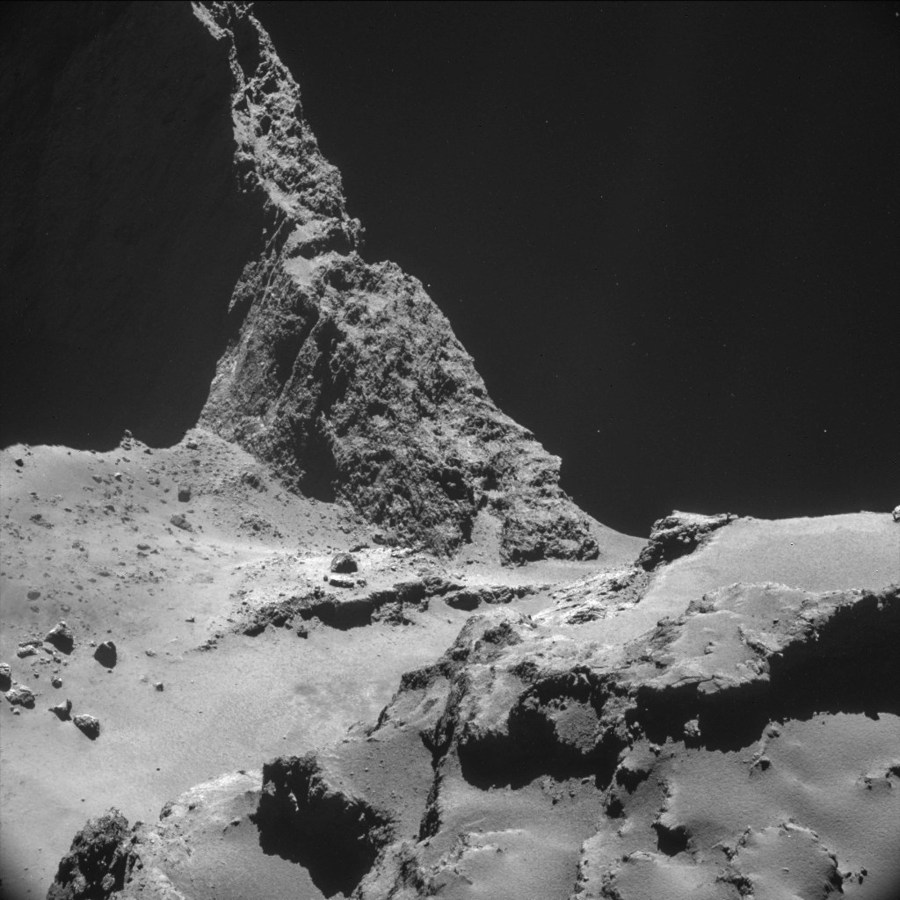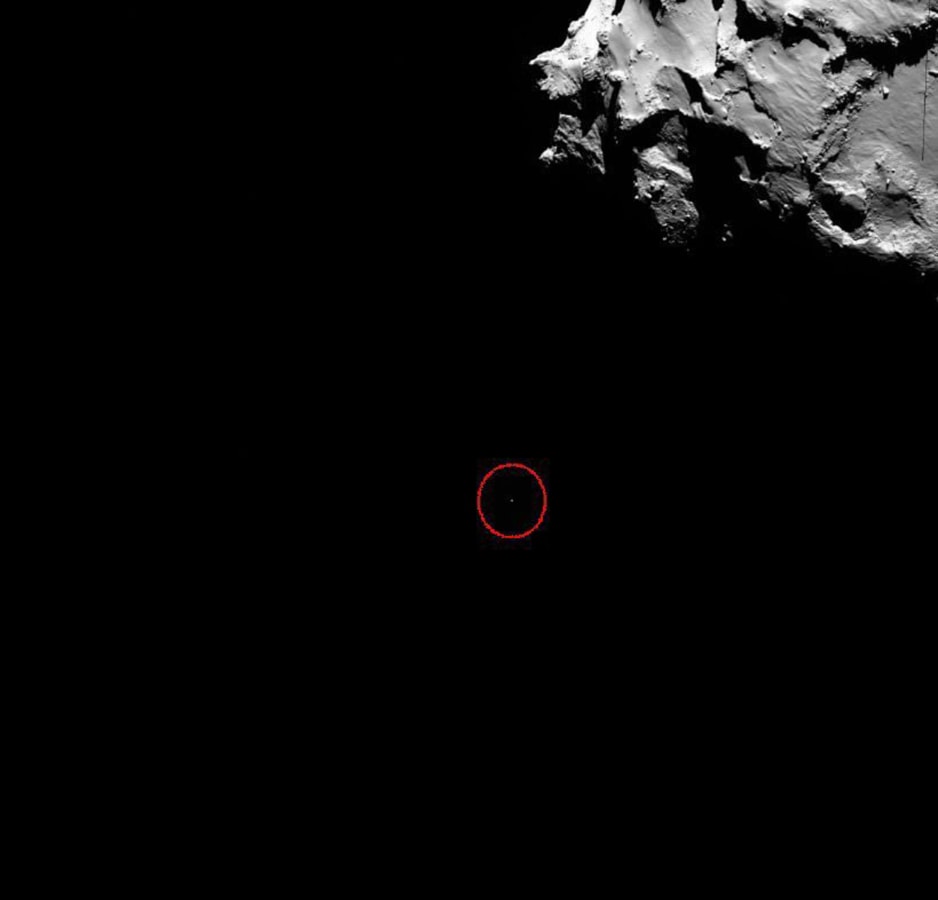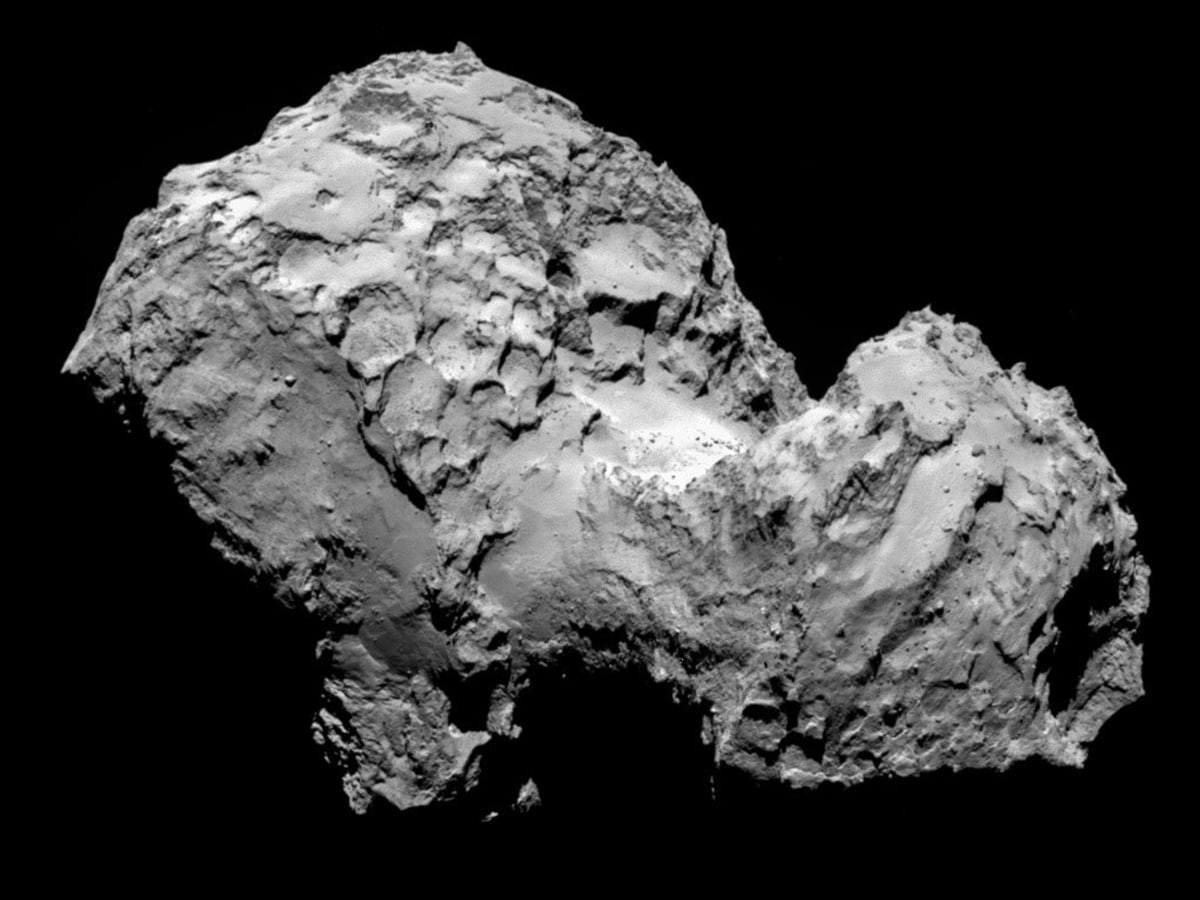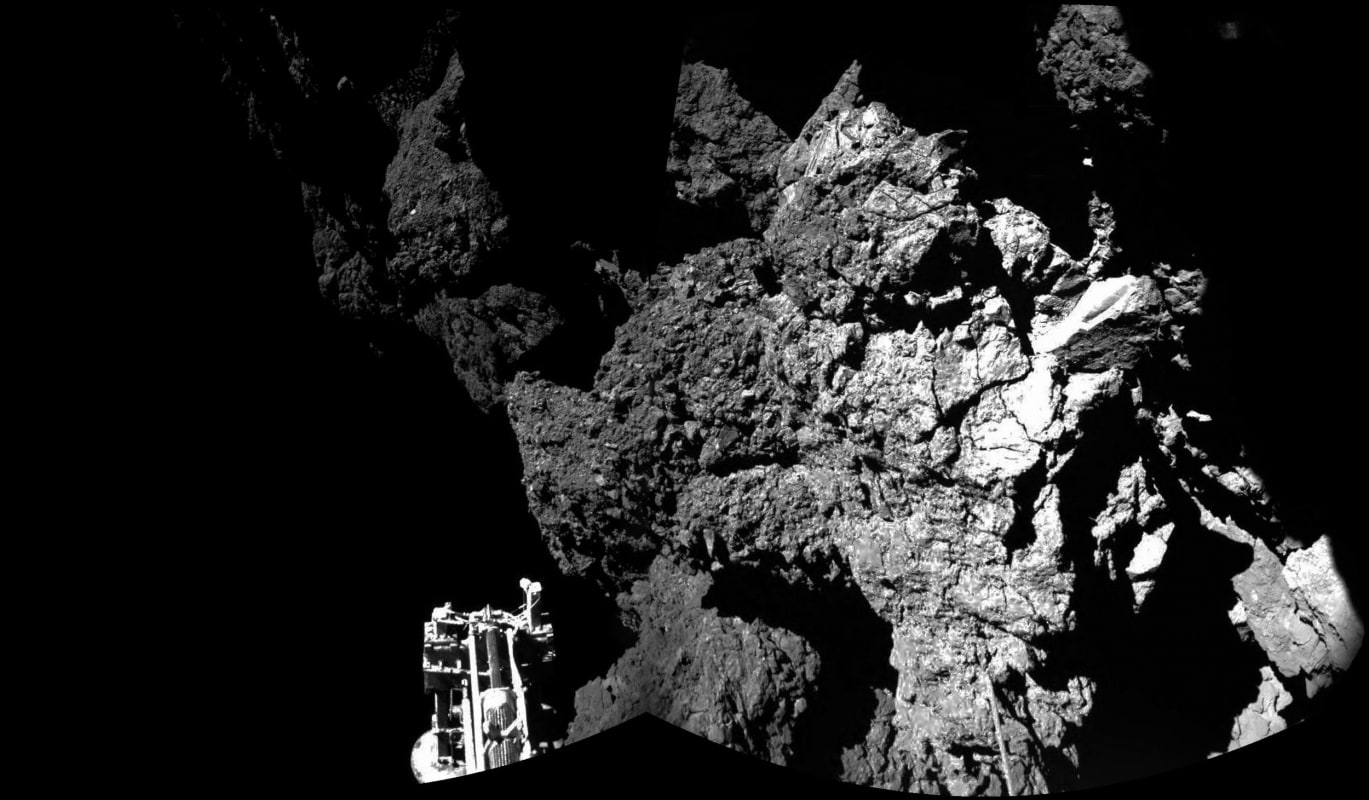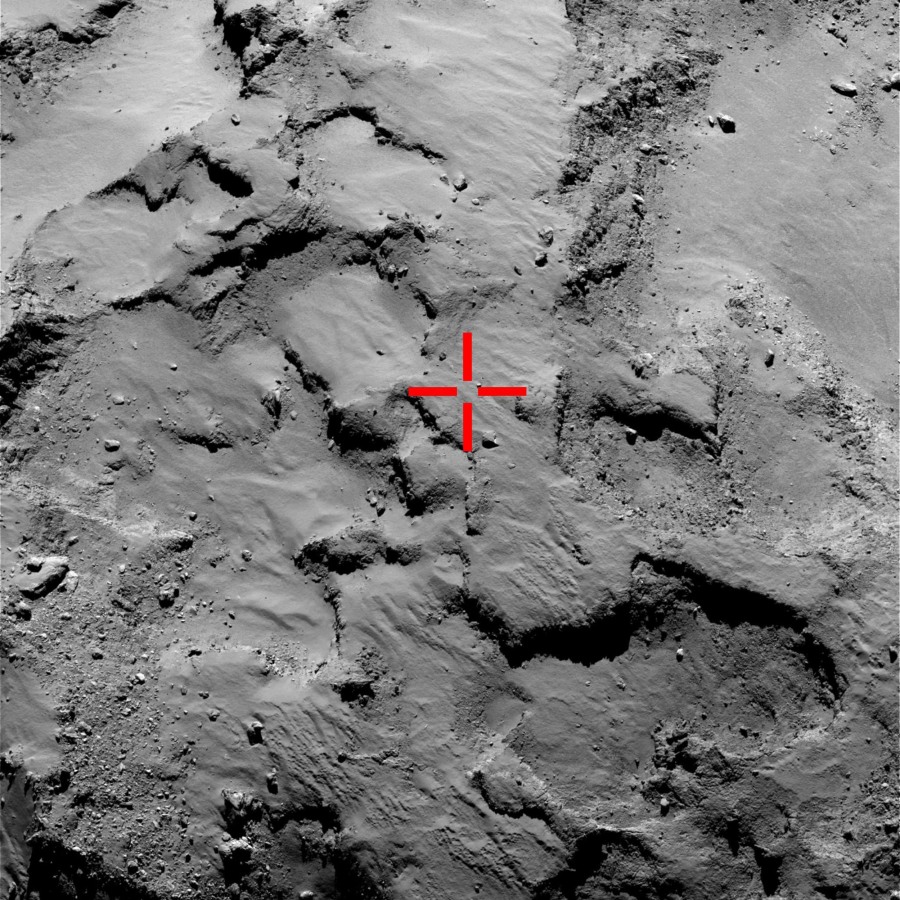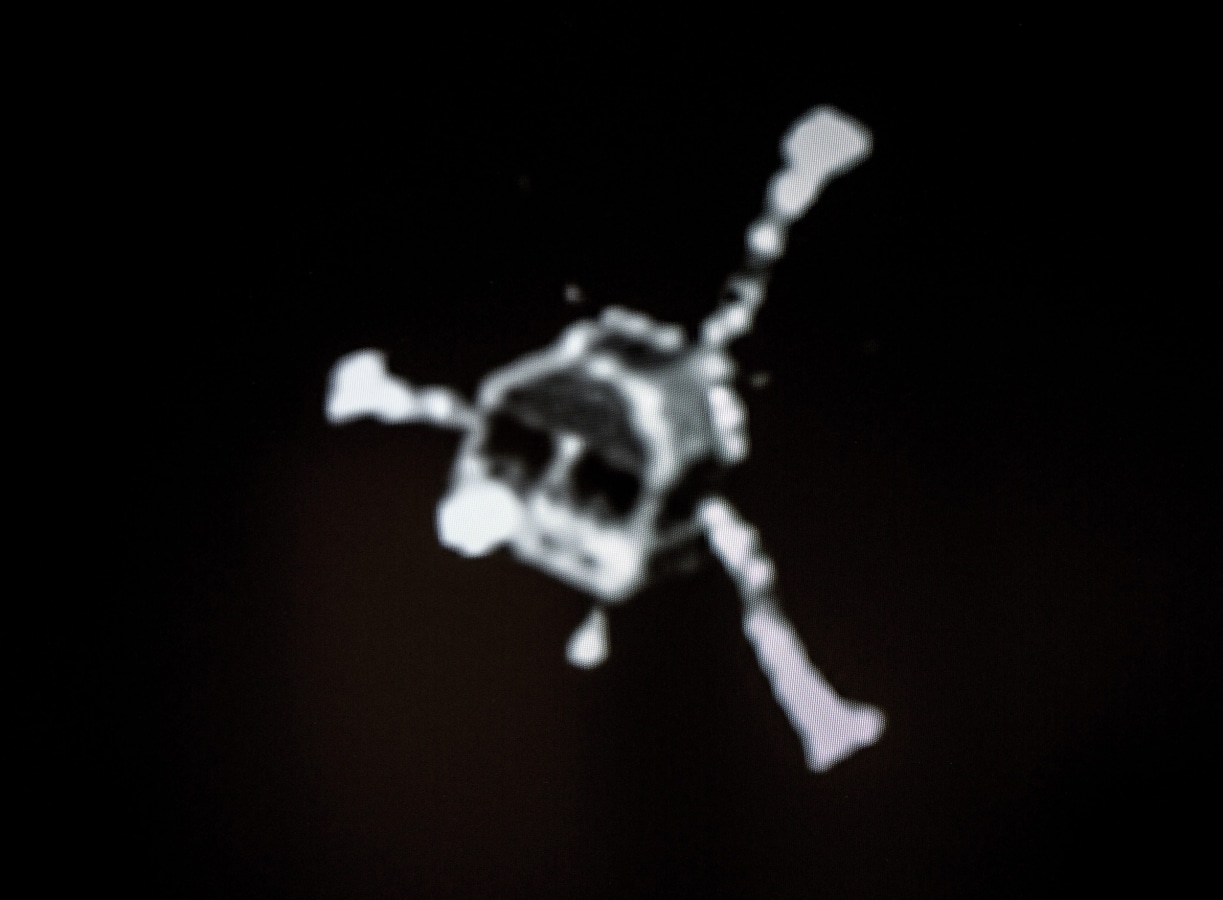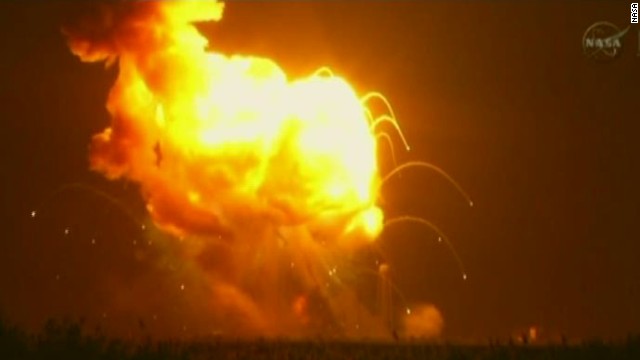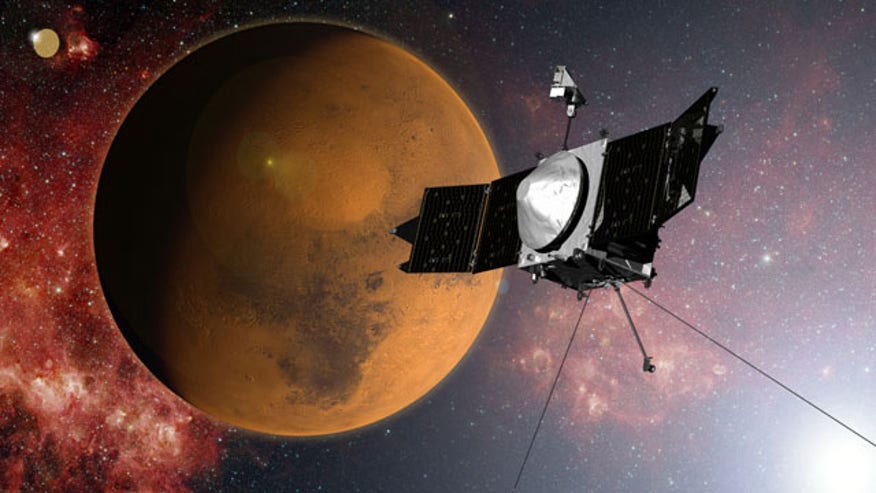Rockets blow up; we move on
By Leroy Chiao
October 29, 2014 -- Updated 1541 GMT (2341 HKT)
Editor's note: Leroy Chiao
is a former NASA astronaut and commander aboard the International Space
Station. During his 15-year career, he flew four missions into space --
three on space shuttles and one as the co-pilot of a Russian Soyuz
spacecraft to the ISS, where he served as the commander of a 6½-month
mission. Chiao has performed six spacewalks and has logged nearly 230
days in space. The opinions expressed in this commentary are his.
(CNN) -- It seems people only pay attention anymore when the rocket blows up.
Just seconds into its
launch Tuesday evening, the Orbital Sciences Antares rocket, carrying
supplies to the International Space Station, suffered an explosion in the aft end of its first stage, fell back onto the launch pad and blew up in a spectacular fireball.

Leroy Chiao
Within minutes, the major
news organizations had picked up the story and began running live
interviews of eyewitnesses and experts. We learned of the experiments
that were being transported to the ISS, including several student/school
science projects.
Had all gone as planned,
the news of the launch would have earned scant mention, and certainly
very few in the general public would have known anything about what was
on board.
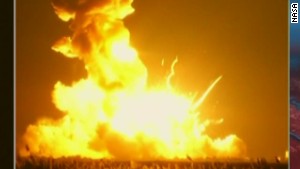 |
| Orbital Sciences Antares rocket explodes at launch Tuesday in Virginia. |
Twenty years ago, I
launched on my first space shuttle mission. At the time, the O.J.
Simpson trial was under way, and I understand that at least one major TV
news station, covering the launch live, waited until we had cleared the
launch pad tower, then immediately relegated our ascent into a small
corner of the screen in order to go back live to the trial.
In a way, we are victims
of our own success. People have gotten so used to successful flights
that nothing gets their attention unless there is a mishap. And, maybe
that's OK.
One day, spaceflight
should advance to the point of being routine, not unlike air travel.
We've come a long way since launching the early astronauts into space
more than 50 years ago, but accidents like this serve as a reminder that
spaceflight still should not be taken for granted. By their nature,
rockets and rocket engines are unforgiving, containing complex
components, which must work correctly to get into space.
Official: Rocket explosion tragic but ...
Although the Antares
explosion was a significant mishap, we will get through this. The
accident investigation team will determine the root cause. We will learn
from it and build even more robust rockets in the future. The crew on
board ISS do not face any immediate shortages, although the shortfall
from this failure will have to be made up.
Without a doubt, critics
will arise and question why we are entrusting cargo deliveries and
future crew exchanges to commercial companies. The answer is simple: It
is the logical evolution of technology and commercialization, following
the same path as the development of the airplane and commercial air
transportation.
There is plenty of
government oversight of airline operations, as there is plenty of such
oversight of commercial space operations through NASA and the FAA.
This mishap is painful,
but it is only a speed bump on the way to the commercialization of
spaceflight. We will get there, and it will be soon.
Follow us on Twitter @CNNOpinion
The opinions expressed in this commentary are solely those of Leroy Chiao.




